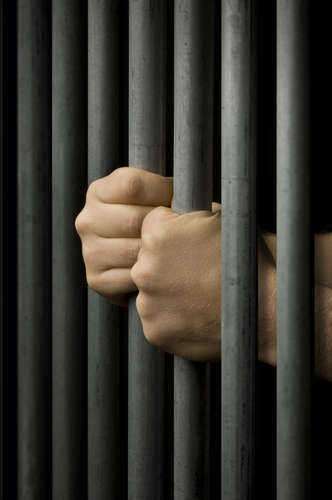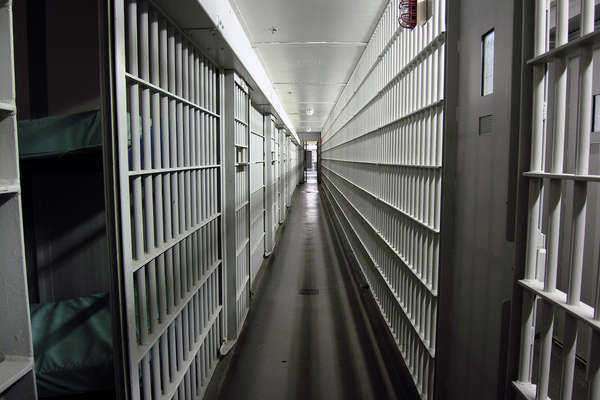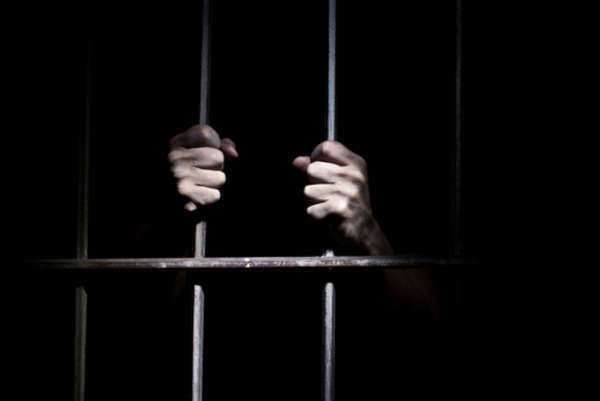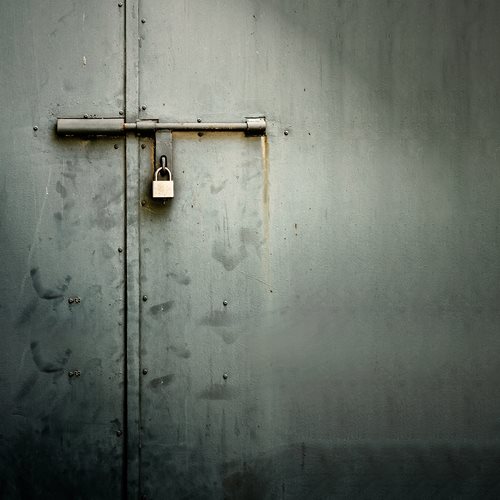Donovan State Prison
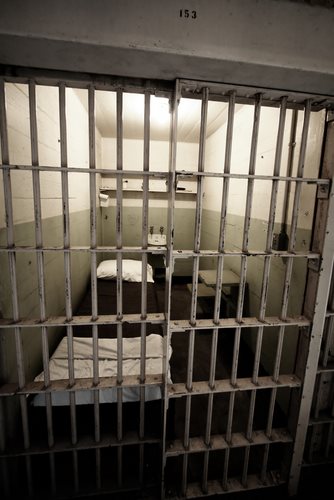

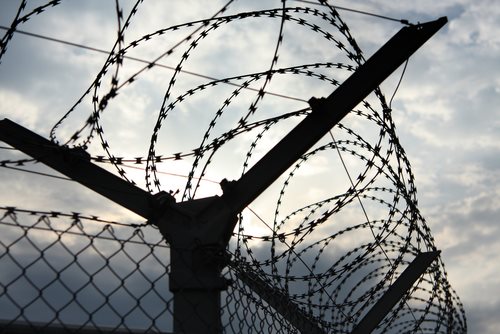

Introduction
Nestled in the arid landscape of California’s Central Valley, Corcoran State Prison stands as an imposing testament to the state’s vast and complex penal system. Known for its notoriety, this maximum-security prison has earned a reputation that extends far beyond its barbed wire fences and imposing watchtowers. In this article, we will take an in-depth look at Corcoran State Prison, exploring its history, unique features, and the controversies that have surrounded it throughout its existence.
I. The History of Corcoran State Prison
Corcoran State Prison, often referred to simply as Corcoran, was officially opened in 1988. However, its roots can be traced back to the 1980s when California was grappling with the issue of prison overcrowding. To address this problem, the state embarked on an ambitious plan to build new correctional facilities, one of which was Corcoran.
1. Design and Construction
Corcoran was designed to be a maximum-security prison, with a primary focus on housing the most dangerous and violent offenders in the state. Its location, in the heart of the Central Valley, was strategically chosen to reduce the risk of escapes, as the surrounding terrain was unforgiving and inhospitable.
The prison’s design featured a cluster of buildings surrounded by high walls topped with razor wire. Watchtowers equipped with armed guards were placed at regular intervals along the perimeter, ensuring constant surveillance. Additionally, Corcoran was built to house inmates in isolation, a feature that would later contribute to its controversial legacy.
2. Early Years
In its early years, Corcoran State Prison seemed like a necessary solution to California’s overcrowded prison system. The institution operated relatively quietly, housing a mix of inmates, many of whom were serving lengthy sentences for violent crimes. However, it wouldn’t be long before Corcoran gained notoriety for a series of troubling incidents.
II. Controversies and Scandals
Corcoran State Prison has been embroiled in numerous controversies and scandals throughout its history. These issues have ranged from allegations of inmate abuse to questionable practices within the prison administration.
1. The Gladiator Fights
Perhaps the most infamous controversy associated with Corcoran is the so-called “Gladiator Fights.” This shocking revelation came to light in the early 1990s when it was discovered that prison guards were organizing fights between rival gangs within the facility. Inmates were coerced into fighting one another, sometimes resulting in severe injuries or even death.
The existence of these fights shed light on the culture of violence and corruption within the prison system. Several guards were arrested and convicted in connection with the Gladiator Fights scandal, leading to significant reforms in the state’s prison system.
2. Isolation Units and SHU
Another contentious issue at Corcoran State Prison is the use of Security Housing Units (SHU). These units are designed for the long-term isolation of inmates deemed to pose a significant threat to prison security. While SHUs are not unique to Corcoran, the conditions within these units have raised concerns about inmates’ mental health and human rights.
The prolonged isolation experienced by SHU inmates has led to allegations of cruel and unusual punishment. Critics argue that this practice can have severe psychological effects, including anxiety, depression, and even psychosis. In recent years, there has been a push to reform the use of SHUs and reduce their reliance within the California prison system.
3. Officer Misconduct
In addition to the Gladiator Fights scandal, Corcoran State Prison has faced allegations of officer misconduct and abuse of inmates. Reports of excessive force, verbal abuse, and racial discrimination have been made against some correctional officers. These incidents have eroded trust between inmates and staff and have raised questions about the effectiveness of oversight and accountability within the prison system.
III. Unique Features of Corcoran State Prison
While Corcoran State Prison has gained notoriety for its controversies, it also possesses unique features that set it apart from other correctional facilities in California.
1. High-Profile Inmates
Over the years, Corcoran has housed several high-profile inmates, including notorious criminals such as Charles Manson, Juan Corona, and Richard Allen Davis. These individuals garnered significant media attention, further contributing to Corcoran’s notoriety.
The presence of high-profile inmates has presented unique challenges for the prison administration, including security concerns and media scrutiny. It has also led to questions about the fairness of housing such individuals in the same facility as other inmates.
2. Security Measures
Corcoran State Prison is known for its stringent security measures. In addition to the watchtowers and high walls, the prison employs advanced surveillance technology to monitor inmate activities. This includes the use of cameras, electronic sensors, and regular searches of inmate cells.
The emphasis on security is a reflection of Corcoran’s role as a maximum-security prison tasked with housing some of California’s most dangerous offenders. While these measures are necessary to maintain order and safety, they also contribute to the prison’s reputation as a harsh and unwelcoming environment.
IV. Rehabilitation and Reform Efforts
In recent years, there has been a growing recognition of the need to prioritize rehabilitation and reform within the California prison system, including Corcoran State Prison. This shift in focus aims to address the root causes of criminal behavior and reduce recidivism rates.
1. Educational and Vocational Programs
Corcoran, like other California prisons, offers a range of educational and vocational programs to inmates. These programs are designed to equip individuals with skills that can increase their employability upon release, reducing the likelihood of returning to a life of crime. Courses may include GED preparation, vocational training in fields like welding or carpentry, and substance abuse counseling.
2. Mental Health Services
Recognizing the importance of addressing mental health issues among inmates, Corcoran State Prison has implemented mental health services and counseling programs. Many inmates have experienced trauma and substance abuse issues, and providing access to mental health care is seen as essential to their rehabilitation.
3. Reentry Programs
Preparing inmates for reintegration into society is a key component of rehabilitation efforts. Corcoran and other California prisons offer reentry programs that assist inmates with finding housing, employment, and support services upon their release. These programs are aimed at reducing recidivism and helping former inmates successfully transition back into their communities.
V. The Future of Corcoran State Prison
As California continues to grapple with the challenges of its prison system, the future of Corcoran State Prison remains uncertain. Efforts to reform the state’s correctional facilities, reduce overcrowding, and address issues of inmate abuse and misconduct are ongoing.
The controversies and scandals that have plagued Corcoran in the past have spurred calls for greater transparency, accountability, and oversight within the prison system. Advocates for criminal justice reform argue that these changes are necessary to ensure that inmates are treated humanely and have a better chance of successfully reintegrating into society upon their release.
Conclusion
Corcoran State Prison is a complex institution with a troubled history. While it has been marred by controversies and scandals, it also plays a critical role in California’s efforts to manage its prison population and maintain security. The prison’s unique features and its past as a home to high-profile inmates have added to its notoriety.
As the state of California continues to grapple with issues of prison overcrowding, rehabilitation, and inmate rights,
the future of Corcoran State Prison will be shaped by ongoing efforts to reform the state’s correctional system. Ultimately, the goal is to strike a balance between ensuring public safety and providing inmates with the opportunity to rehabilitate and reintegrate into society, while leaving behind the dark chapters of the prison’s history.
The Corcoran State Prison, formally known as the California Substance Abuse Treatment Facility and State Prison, Corcoran, is a male only facility that is located in Kings County in the city of Corcoran. The Corcoran State Prison is considered to be a medium to maximum security facility, housing over 7,600 inmates.
The Corcoran State Prison was first constructed to have a total capacity of less than 3,500, which is more than double the amount of prisoners currently held there. The Corcoran State Prison first opened in 1997, with the ultimate goal in mind of not only providing for the necessary facilities to house prisoners, but to also provide treatment to criminals with a history of substance abuse.
The Corcoran State Prison sits on about 280 acres of land, providing for various types of facilities. The housing units are separated into levels, with Level I housing entailing the least security. Level II housing contains open dormitories surrounded by fences. Level III housing contains cells with fenced perimeters as well as armed surveillance. Level IV housing includes the same security measures as those in Level III, with the addition of more staff and armed surveillance as well as electronic security.
The most famous facility and program involves two institutions that house over 700 inmates each, which are meant to provide for the substance abuse treatment for those inmates that are considered to be of minimal risk. Actor Robert Downey Jr. is famously known to be one of the celebrities to have served time at Corcoran State Prison and was housed in this particular facility.
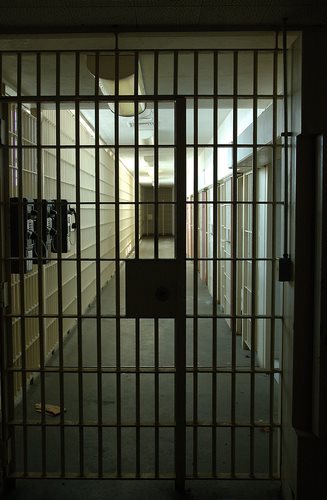
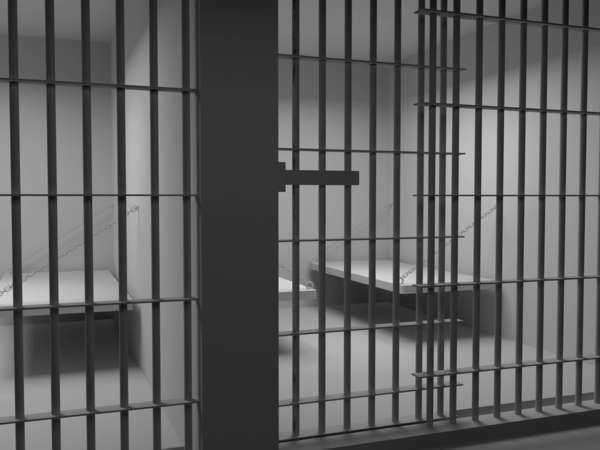

The Calipatria state prison is one among the many male only state prison facilities in California. It is located in the city of Calipatria, California, within Imperial County. The Calipatria State Prison facility first opened its doors in 1992, less than two years before the Centinela State Prison would open, which is also located in Imperial County. The Calipatria State Prison is often times referred to as the lowest prison in the Western Hemisphere, due to the fact that it is situated at approximately 184 feet below sea level. The original design for Calipatria State Prison was meant to hold a maximum of 2,200 inmates, though current population numbers are at about 4,200 prisoners housed in the facility. The staff consists of over 1,100 and has an annual budget of about $123 million.
The facility sits on over 1,200 acres, with the prison itself occupying about 300 acres. The Calipatria State Prison is classified as a minimum to maximum security level complex, covering the entire spectrum in terms of the types of criminals that can be found on its premises. More than 2,000 of its housing units are dedicated for inmates that are qualified as maximum security risks, which means that there are fenced or walled perimeters, electronic security measures, and armed security staff at all times. The minimum security facility consists of open dormitories with a fenced in perimeter. One of the interesting features of the Calipatria State Prison is the fact that there is a $1.5 million dollar electrified fence system, which actually causes instantaneous death when touched, which is meant to deter inmates from escaping.
The Calipatria state prison is one among the many male only state prison facilities in California. It is located in the city of Calipatria, California, within Imperial County. The Calipatria State Prison facility first opened its doors in 1992, less than two years before the Centinela State Prison would open, which is also located in Imperial County. The Calipatria State Prison is often times referred to as the lowest prison in the Western Hemisphere, due to the fact that it is situated at approximately 184 feet below sea level. The original design for Calipatria State Prison was meant to hold a maximum of 2,200 inmates, though current population numbers are at about 4,200 prisoners housed in the facility. The staff consists of over 1,100 and has an annual budget of about $123 million.
The facility sits on over 1,200 acres, with the prison itself occupying about 300 acres. The Calipatria State Prison is classified as a minimum to maximum security level complex, covering the entire spectrum in terms of the types of criminals that can be found on its premises. More than 2,000 of its housing units are dedicated for inmates that are qualified as maximum security risks, which means that there are fenced or walled perimeters, electronic security measures, and armed security staff at all times. The minimum security facility consists of open dormitories with a fenced in perimeter. One of the interesting features of the Calipatria State Prison is the fact that there is a $1.5 million dollar electrified fence system, which actually causes instantaneous death when touched, which is meant to deter inmates from escaping.
